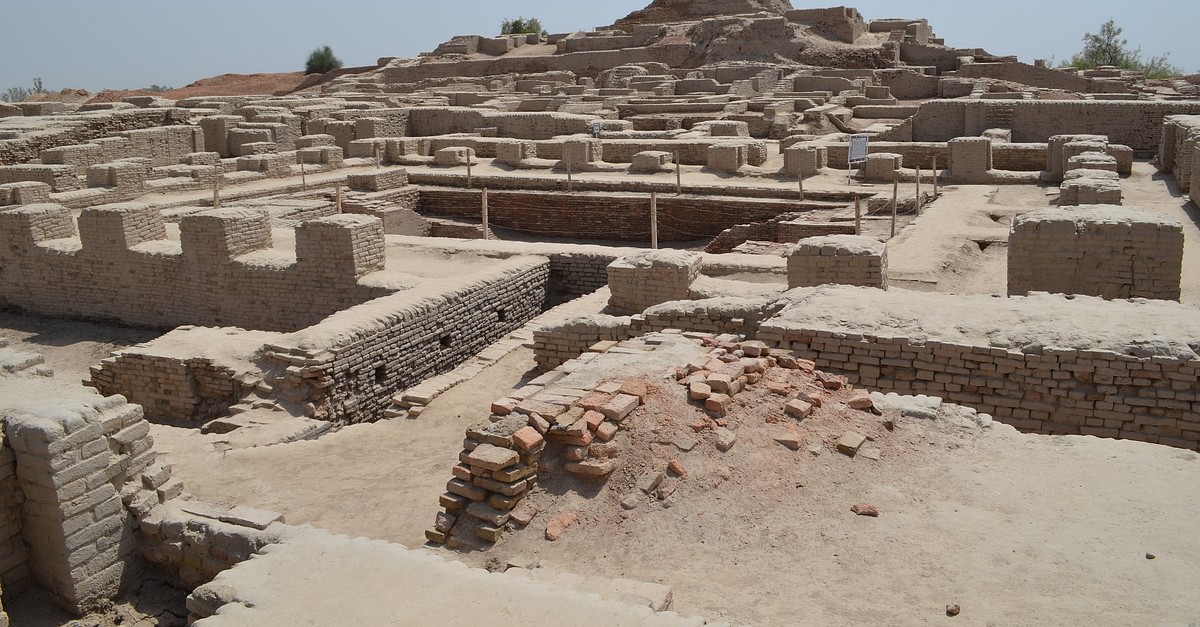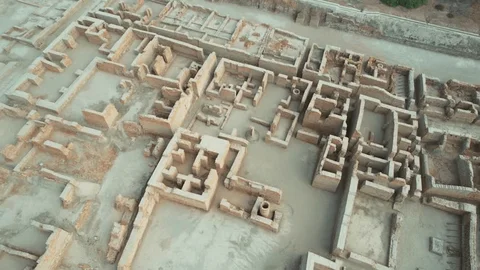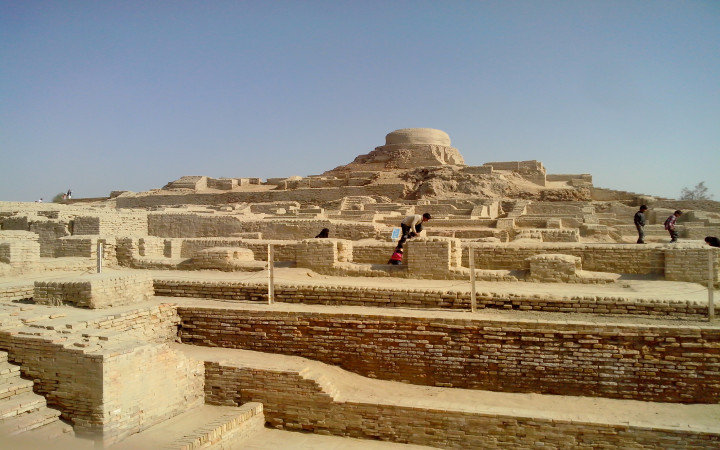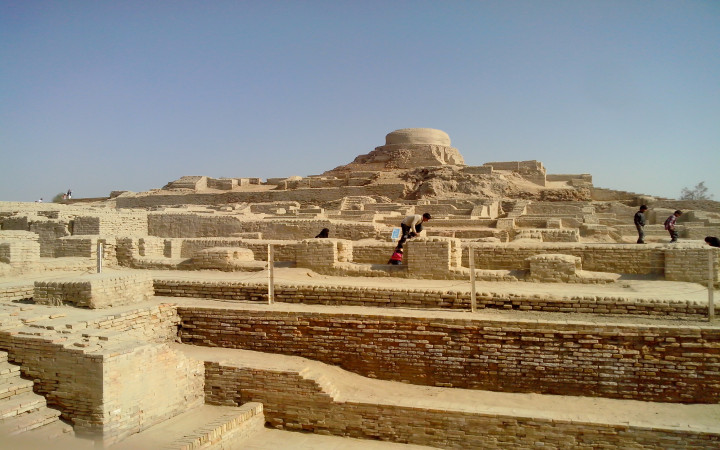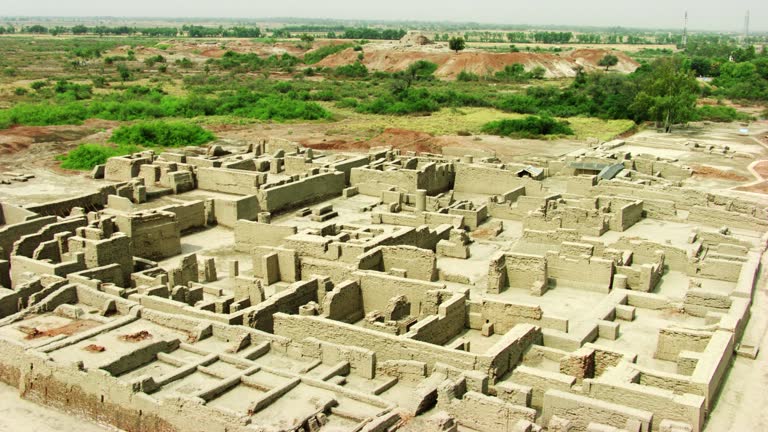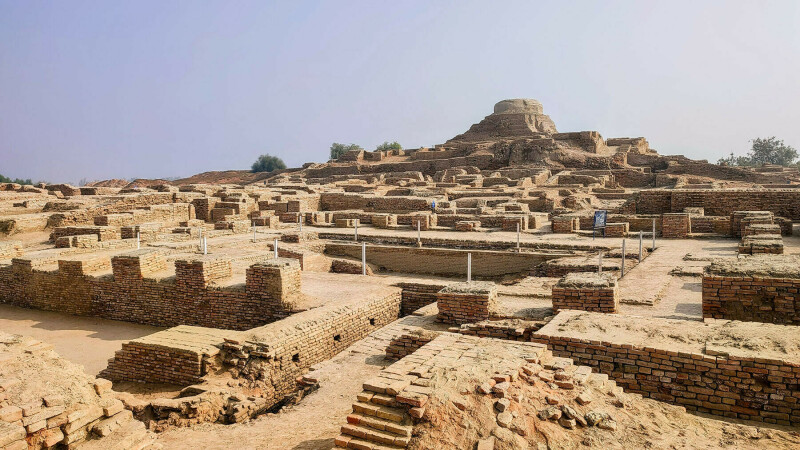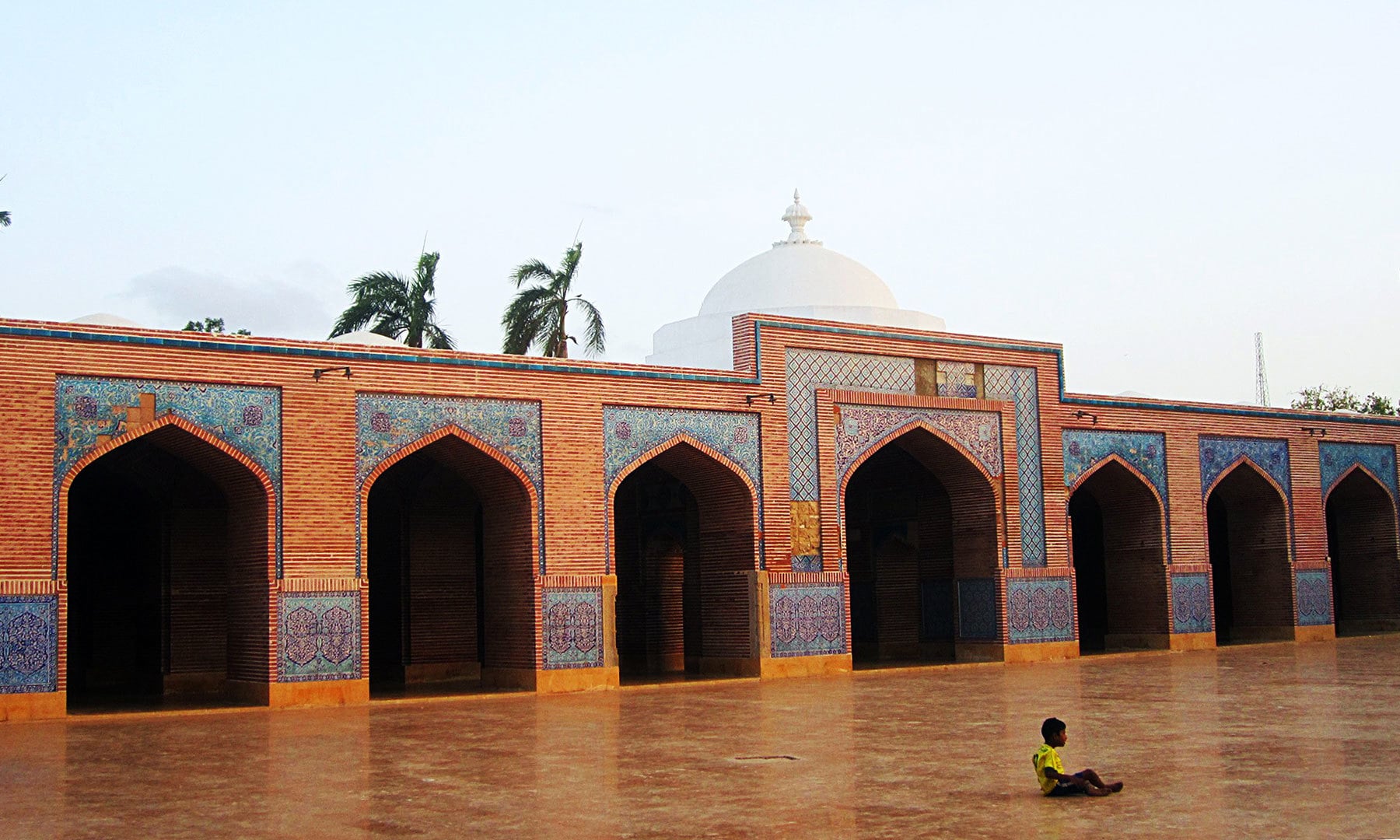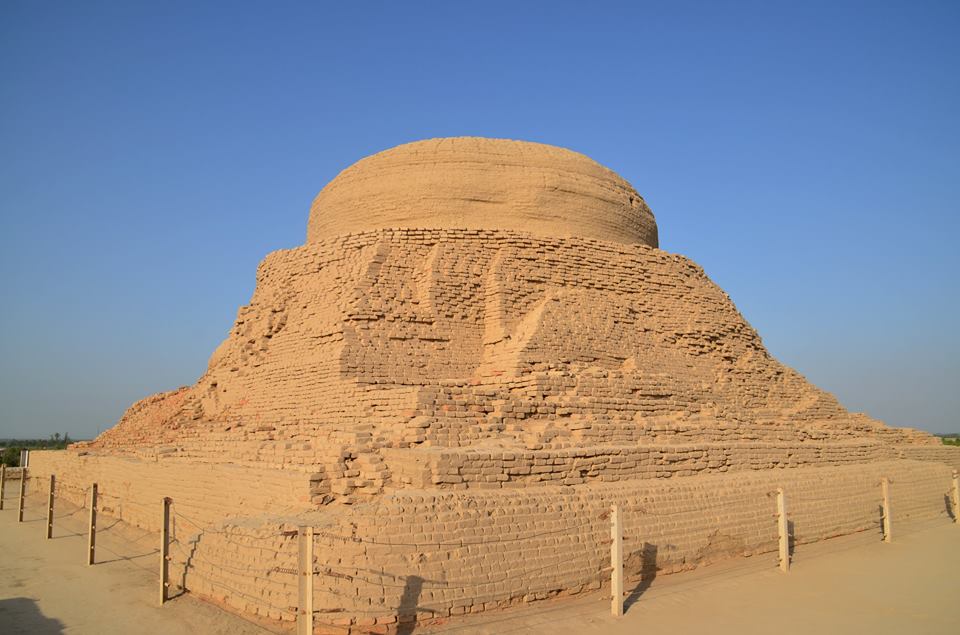
About the Mohenjo Daro
The Ancient City of the Indus Valley Civilization
Mohenjo-daro, located in present-day Sindh, Pakistan, is one of the most remarkable archaeological discoveries of the 20th century. This ancient city, whose name means "Mound of the Dead" in Sindhi, was a part of the Indus Valley Civilization (IVC), one of the world's earliest urban cultures. Dating back to approximately 2600 BCE, Mohenjo-daro showcases the advanced city-planning, architecture, and socio-economic systems of an ancient people whose true identity remains unknown. With no deciphered written records yet, the city continues to puzzle and fascinate historians, archaeologists, and scholars around the world.
Discovery and Excavation
The ruins of Mohenjo-daro were first discovered in the 1920s by archaeologists R. D. Banerji and Sir John Marshall, under the British Raj. Excavations began in 1922 and revealed a vast, sophisticated city buried under centuries of earth and debris. Alongside Harappa, another major city of the Indus Valley Civilization, Mohenjo-daro offered a glimpse into a long-lost civilization that flourished nearly 4,500 years ago. The discovery challenged the then-prevailing belief that Indian civilization had started with the Vedic period and pushed the timeline of urban culture in the Indian subcontinent much earlier.
Urban Planning and Architecture
One of the most impressive features of Mohenjo-daro is its advanced city planning. The city was laid out on a grid pattern, with streets running perpendicular to each other, a feature rarely seen in ancient civilizations. The city was divided into two main sections: the Citadel and the Lower City.
- The Citadel, located on an artificially raised mound, likely served as the administrative or religious center. It housed large public buildings, including granaries, assembly halls, and what is now called the Great Bath.
- The Lower City was where the common people lived. It consisted of well-planned residential areas, with houses made of standardized baked bricks. Many homes had private wells and sophisticated drainage systems, reflecting a high standard of hygiene and water management.
The buildings featured flat roofs, internal courtyards, and multiple rooms. Some even had upper floors and indoor toilets connected to a centralized drainage system. The use of standardized construction materials and a clear urban layout indicates the existence of a highly organized and centralized government or authority.
The Great Bath and Public Utilities
Among the most iconic structures at Mohenjo-daro is the Great Bath. Measuring 12 meters long, 7 meters wide, and 2.4 meters deep, it is believed to have been used for ritual bathing. The bath is made of tightly fitted bricks and is coated with bitumen to make it waterproof. Water was likely supplied through a well and drained through an advanced sewer system.
The city's drainage system is another testimony to its engineering marvel. Covered drains ran along major streets and connected to soak pits and cesspools, indicating a systematic approach to sanitation.
Wells were common throughout the city, and some houses had their own private wells, which points to the importance of clean water access. Public toilets and bathing areas were also part of the city's infrastructure, a feature not commonly found in ancient civilizations of the same period.
Artifacts and Inscriptions
Excavations at Mohenjo-daro have uncovered a wealth of artifacts, including tools, pottery, ornaments, seals, and figurines. Among the most famous is the Dancing Girl, a bronze statue approximately 4,500 years old, depicting a confident young girl in a dynamic pose with intricate jewelry. Another notable sculpture is the Priest-King, a bearded figure with a robe adorned with trefoil patterns.
The city also yielded thousands of steatite seals, many of which contain inscriptions in the still undeciphered Indus script. These seals often depict animals like elephants, tigers, bulls, and mythical creatures. The script remains a major puzzle for historians and may one day unlock the secrets of this civilization’s language, religion, and governance.
Trade and Economy
Mohenjo-daro was likely a hub of commerce and trade. The city’s location near the Indus River made it a strategic point for trade routes. Archaeological evidence suggests trade relations with Mesopotamia (modern-day Iraq), as indicated by the discovery of Indus seals in Mesopotamian cities.
The people of Mohenjo-daro were skilled artisans, producing pottery, beads, metal tools, and textiles. They used weights and measures for trade, some of which have been found during excavations and show remarkable accuracy. The granaries suggest that agriculture, especially wheat and barley cultivation, was a significant part of their economy.
Social and Cultural Life
While much about the social structure of Mohenjo-daro remains unknown, the city's layout suggests a relatively egalitarian society with little evidence of grand palaces or temples. The uniformity of houses and materials used points to a society with shared standards and cooperative governance.
Religious practices are also not well understood. There is no clear evidence of temples or monumental religious structures, although many figurines suggest fertility worship. The presence of the Great Bath has led some scholars to suggest ritual purification was an important aspect of religious life
Mysterious Decline
By around 1900 BCE, Mohenjo-daro and other Indus Valley cities began to decline. The reasons remain uncertain, but several theories have been proposed:
- Climate change: Shifting river courses or prolonged droughts may have made agriculture unsustainable.
- Floods: Evidence of repeated flooding in Mohenjo-daro has been found, suggesting the city may have suffered from natural disasters.
- Invasion or conflict: While some earlier theories proposed Aryan invasions, there's no substantial archaeological evidence of warfare or destruction.
- Economic collapse: Overexploitation of resources or breakdown in trade networks could have contributed to the city’s abandonment.
Whatever the cause, the civilization eventually faded, and the city was buried and forgotten until its rediscovery thousands of years later.
Preservation and Modern Challenges
Today, Mohenjo-daro is a UNESCO World Heritage Site and a symbol of South Asia’s rich and ancient heritage. However, the ruins face several threats, including erosion, salinity, and the impact of tourism. Limited conservation efforts and environmental factors are slowly deteriorating this invaluable site.
Preservation is challenging due to the delicate condition of the ancient bricks and materials. UNESCO and the government of Pakistan have been working to protect the site, but more robust international collaboration is needed to safeguard it for future generations.
Conclusion
Mohenjo-daro stands as a silent testament to the genius of a civilization that existed millennia ago. Its advanced urban planning, engineering marvels, and rich material culture continue to inspire awe and curiosity. Despite the many unanswered questions about its people, language, and eventual disappearance, Mohenjo-daro remains one of the most significant archaeological treasures of human history. It reminds us that even the most advanced civilizations can vanish — and that their legacies are often waiting to be rediscovered beneath layers of time.
Address: 84HP+VFF, Mohenjo-daro, Pakistan
